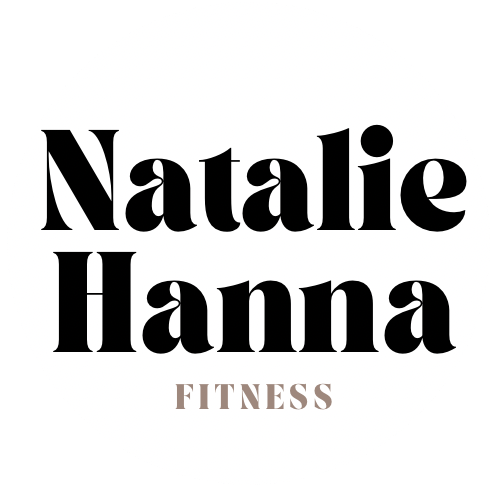Movement Screening: The Foundation of Effective Training
- Natalie Hanna Fit

- Jul 17
- 3 min read
Updated: Aug 13
Before we dive into any training programme, one thing must come first — movement screening.
This isn’t a cardio test or a performance trial. It’s a focused assessment of how your body moves. Whether you’re a golfer, a junior athlete, or simply someone wanting to move better and train smarter, this is how I evaluate your starting point.
A movement screening helps me identify mobility restrictions, imbalances, and patterns that influence how you train, recover, and progress. It’s the foundation for building a programme that works for you — not just a series of exercises thrown together.
Whether you’re a golfer looking to improve performance, a junior athlete just getting started, or someone working on general strength and mobility.
Why Movement Screening is Essential for Every Client
Your assessment allows me to evaluate your starting point, both physically and functionally. This includes:
Identifying imbalances, movement restrictions, or weaknesses
Evaluating posture, joint mobility, coordination, and control
Considering any injuries or past issues that may impact training
Understanding your goals, needs, and how your body responds to movement
Depending on your requirements, the assessment can take different forms — from movement screens and posture checks to more dynamic, workout-based assessments (especially for juniors or experienced clients).

Junior Golfers & Young Athletes: Assess First, Then Train Smart
When working with junior clients, I often incorporate the assessment into a light, guided workout to observe:
Body awareness and coordination
Ability to follow movement cues
Core strength, balance, and endurance at their current stage of development

The purpose isn’t to push them hard — it’s to gather valuable information. Sometimes, the exercises used in the assessment will be above their current level, and that’s okay. That insight helps me plan safely and effectively moving forward.
Why the First Few Sessions Matter Most
I typically recommend at least three follow-up sessions after the initial assessment. This provides time to:
Establish a safe movement foundation
Refine technique with guidance and coaching cues
Adjust intensity, reps, sets, and progressions based on how you respond
Any exercises included in early sessions are not designed to be repeated at home unless specifically advised. They serve as movement guides — and need to be coached in context.
Personalised Training Is Not One-Size-Fits-All
While many exercises may look similar on the surface, the execution, intent, and individual coaching behind them are where the magic happens. Personalised training takes into account:
Teaching cues
Joint angles and positioning
Your movement limitations
Goals, training age, and injury history
Sets, reps, rest periods, and total volume
Equipment choices and training environment
It’s not about throwing random exercises together — it’s about designing a programme that fits you.
Progression Only Happens When the Basics Are Stable
Before adding variables like weights, bands, or instability tools, I need to know that your movement base is solid. If you’re not yet able to stand on one foot without compromising your balance, then that becomes our variable to work with.
We can increase the challenge using tempo, pause work, or simply bodyweight control — all without risking injury or building bad habits.
Final Thought: Assessment First, Always
An assessment isn’t just a tick-box — it’s your blueprint. It gives us the insight we need to keep your training safe, structured, and specific. It’s how we work smarter, not harder.
So whether you’re a golfer, a junior athlete, or simply ready to start your fitness journey — it starts with knowing where you’re at right now.
If you’re ready to book your assessment and first session, or want to know more about my Golf Fitness Assessment + Follow-Up Bundle, just get in touch or fill out my consultation form.





Comments